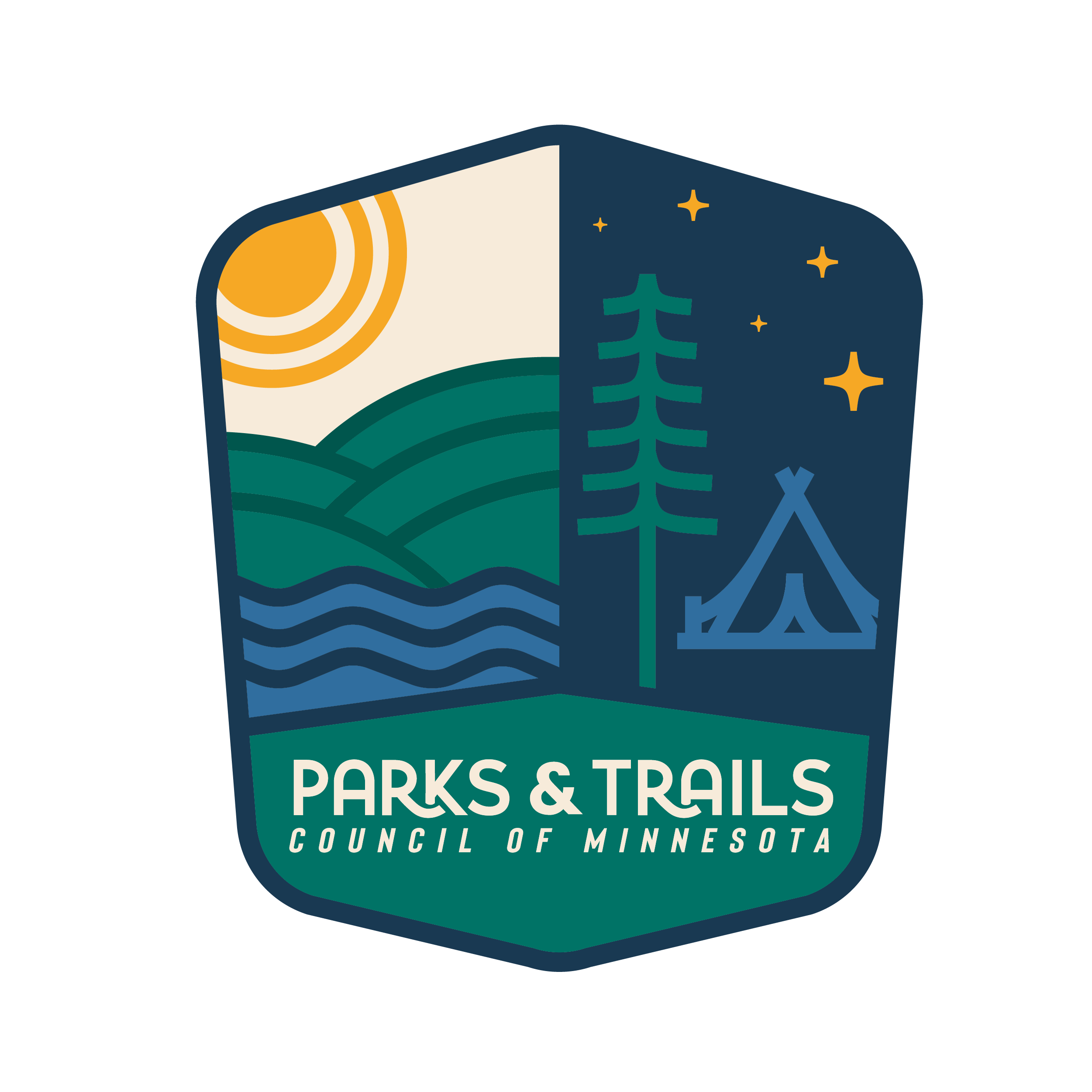DNR Release: DNR extends Fort Ridgely State Park golf season to Sept. 5
DNR commits to park’s future by forming citizen advisory committee as interest in golf wanes
The Department of Natural Resources has agreed to keep the golf course open at Fort Ridgely State Park in Fairfax through Labor Day weekend.
The agency originally planned to close the golf course July 6. But discussions with area residents prompted the DNR to extend the 2016 season to Sept. 5, after which the course will close permanently.
“The extension allows golfers to enjoy two more months on the course,” said Erika Rivers, director of Minnesota state parks and trails. “We’ve had good dialogue with the local community and want to work with citizens to formulate alternative uses for the course site and the park as a whole.”
Rivers also announced the DNR is forming a citizen advisory committee that will be consulted on future development of the park.
“While the DNR will no longer provide golfing at Fort Ridgely State Park, we are committed to managing and investing in this historically significant site at one of Minnesota’s oldest state parks,” Rivers said. “Fort Ridgely is among our core state parks because of its natural landscape and historic significance, and we want to engage the public in re-imagining how we can re-invigorate this special place for all Minnesotans.”
The old fort site, with five acres of land, was purchased by the state of Minnesota in 1896 to create a memorial to the participants of the 1862 U.S.-Dakota War at Fort Ridgely. When an additional 148 acres were purchased in 1911, the site was designated as a state park. Today’s park visitors can snowshoe and snowmobile during the winter months or camp, fish, and horseback ride the rest of the year. In addition, they can visit an interpretive center with exhibits and information about the people and events surrounding Fort Ridgely during the 1850s and 1860s.
The nine-hole course at Fort Ridgely State Park opened in 1927. In recent years, however, participation in golf has declined both at the park and nationwide. Between 1998 and 2015, the number of rounds of golf played at the park dropped from 6,300 to 2,600.
Currently, only 4 percent of the park’s annual visitors play golf during their visit, while 56% of the park’s operating expenditures support the golf course and golfing.
In addition to being a high-cost, low-use activity for the park, golf has long been viewed as inconsistent with Minnesota’s statutory direction and best practices for management of state parks. Managing the course requires the use of herbicides and insecticides and large appropriations of water for irrigation, which is inconsistent with the DNR’s mission to manage natural habitats.
Anyone interested in serving on the Citizen Advisory Committee should send a letter of interest by July 1 via email to rachel.hopper@state.mn.us or via U.S. mail to Rachel Hopper, DNR Central Office, 500 Lafayette Road, St. Paul, MN 55155. The letter should answer the following questions:
- What interests you most about Fort Ridgely State Park?
- Why are you interested in participating on the Citizen Advisory Committee?
- What education, work experience or expertise would you bring to the committee?
“We’re seeking people with a variety of backgrounds, including tourism and marketing, to help us figure out how to encourage a thriving future for the park,” Rivers said.
The committee will meet monthly, starting in July, and will make recommendations to the DNR by November 2016. There will be opportunities for public comment during this time as well.
For more information, contact the DNR Information Center at info.dnr@state.mn.us or at 888-646-6367 between 8 a.m. and 4:30 p.m. Monday through Friday.
About Lisa Filter
News Categories
Recent News
-
Painting the park office at... January 7, 2025
-
We have a new CRM December 11, 2024
-
Vote yes on Lottery proceeds October 29, 2024
-
Two Friends Groups receive ... August 28, 2024
-
Share your opinion on fundi... August 27, 2024
